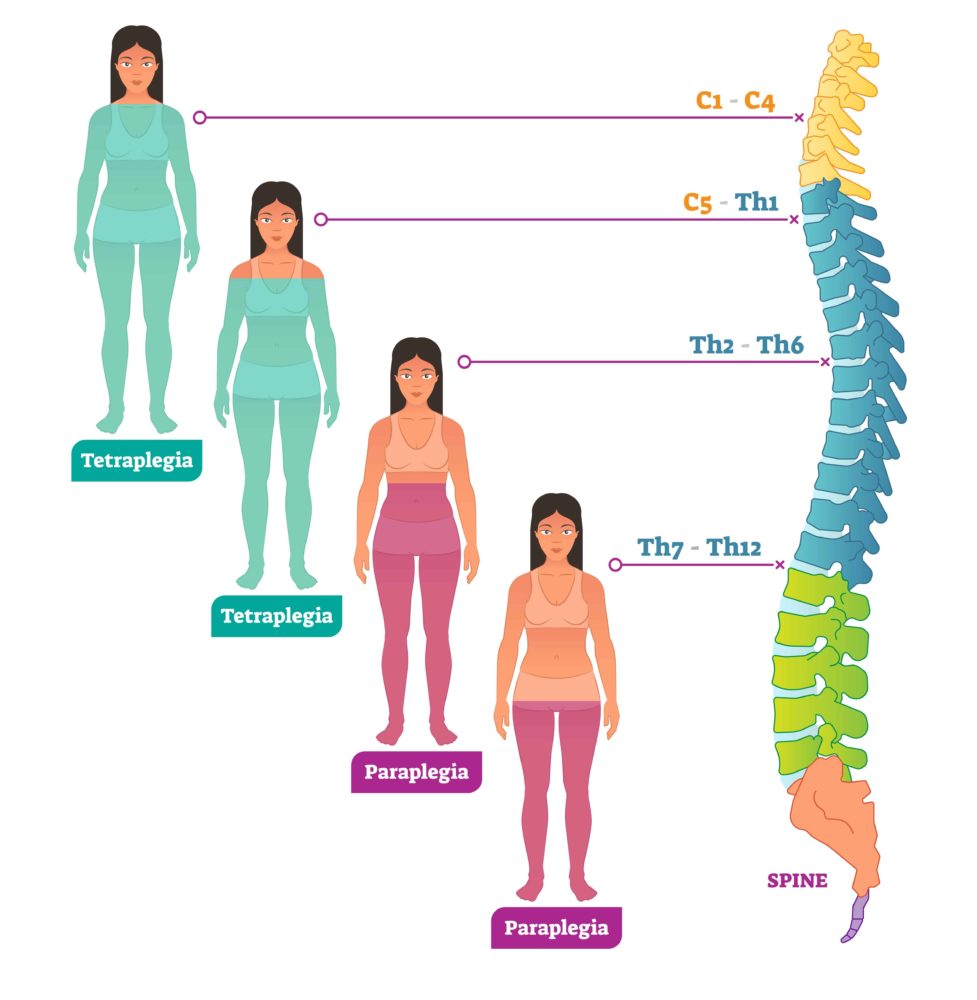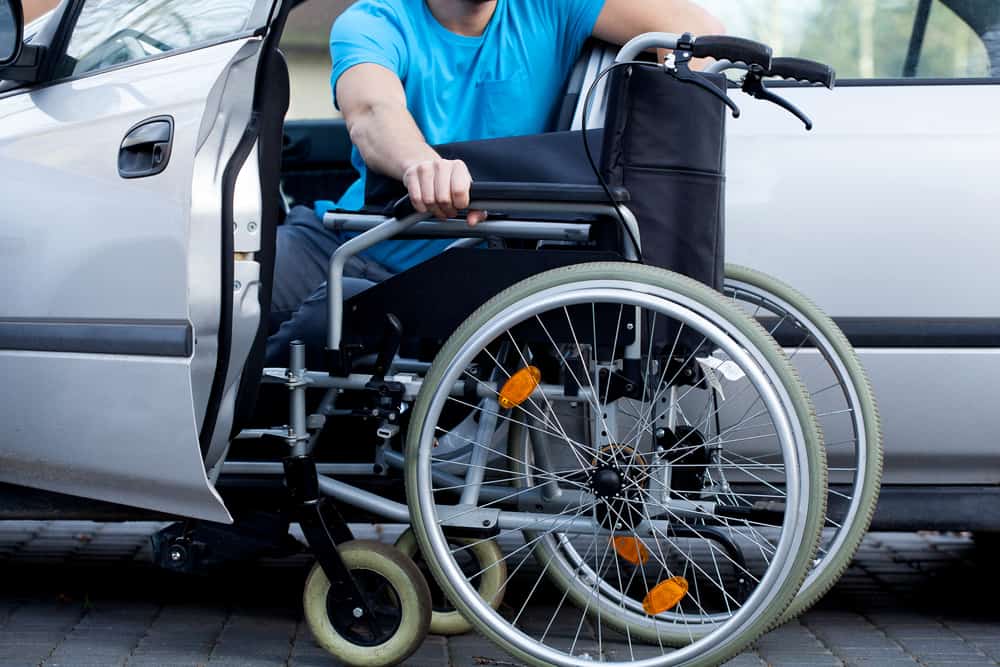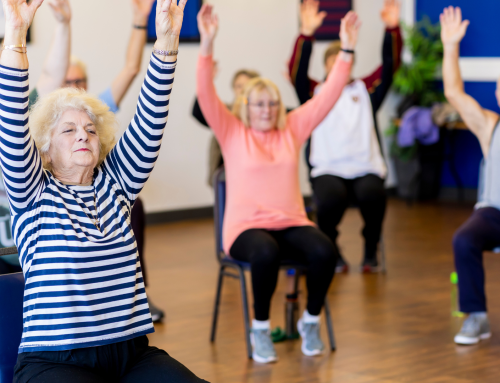At Propel Physiotherapy, we take an evidence informed approach to our rehabilitation programs incorporating current understanding of neurophysiology, motor learning and neuroplasticity principles to enhance therapeutic outcomes.
While knowing how and where a spinal cord injury occurred is a key indicator of what level of recovery is expected, two clients with the same diagnosis may have very different needs and lifestyles. In order to develop meaningful goals for SCI rehabilitation, it is equally important to tailor the physiotherapy program to the individual.
Determining the Level of SCI Recovery Expected
The spinal cord is thick bundle of nerves that starts at the bottom of the brain and extends all the way down to your lower back. It is protected by the spine which is made up of bones called vertebrae that stack neatly on top of one another to form a special tunnel for the cord to run through, the spinal canal.
The spinal cord carries movement and sensation signals up and down the length of the cord, and gives off branches between each pair of vertebrae that carry signals to and from specific parts of the body.
While well-protected by the bony spine, the spinal cord is not exempt from injury. If the surrounding vertebrae are broken (fractured) the cord inside is susceptible to damage. Injury can also happen from the inside if the cord is compressed within the canal or attacked by abnormal cells associated with certain medical conditions.
In a clinical setting, spinal cord injuries are diagnosed by a neurologist using the American Spinal Injury Association’s (ASIA) International Standards for Neurological Classification of Spinal Cord Injuries, which characterizes the injury according to:
1) How the spinal cord injury occurred
2) Where the spinal cord is damaged
3) The extent of the spinal cord injury
Let’s take a closer look at each of those classification standards.
1) How the Spinal Cord Injury Occurred
Injuries are classified as either “traumatic” or “non-traumatic”.
A traumatic mechanism of injury means that a force outside of the person caused damage to the spinal cord. For example, if bones of the spine are broken in a severe fall or car accident, or a penetration injury directly damages the spinal cord.
A non-traumatic mechanism of injury on the other hand will describe injuries that occur from the inside. For example, a slow shift in the vertebrae over time causing compression, a surgical complication or other medical conditions including infections.
2) Where the Spinal Cord is Injured
We can think about the spinal cord as a main highway, and between each vertebra there are exit ramps leading to specific parts of the body. Exits for the arms come closer to the head, while exits for the legs are further down towards to the buttocks.
Each “exit” represents a neurological level, carrying movement and sensation information to and from specific areas. For example, the neurological level C6 carries signals for bending the elbow and extending the wrist, as well as for sensation or feeling of the thumb and index finger.
In this analogy, a spinal cord injury would be like a highway closure where traffic cannot access any of the exits beyond the point of the closure. The last level that signals can leave the cord is called the neurological level of injury.

If the neurological level of injury is C6 for example, the individual has full function of muscles controlling their head, shoulders and certain muscles in their arms but no signals are getting through to muscles below this level such as the abdomen, hips or legs.
You may also hear the terms tetraplegia and paraplegia. These names are used to describe the number of limbs affected by the injury. Tetraplegia (also known as quadriplegia) describes injuries that affect both arms and both legs, the lesion or damage happens above the level of T1. Paraplegia describes an injury at T1 or lower that affects both legs but does not affect the arms.
3) The Extent of the Spinal Cord Injury
We’ve discussed that injuries can happen from inside or outside the spine and at different levels, the final piece is to distinguish between “complete” and “incomplete”. A complete injury means that no signals can pass through the level of injury. In the highway analogy this means that all lanes are blocked, no traffic is getting through and this is not likely to change over time.
In this case, the focus in physiotherapy is directed to learning how to best use all of the muscles above the level of injury to perform old activities in a new way. For example, if the muscles that straighten the elbow are impacted, increasing muscular strength and control at the shoulder can facilitate a functional straight arm position which is useful for activities like getting in and out of bed and transferring between surfaces.
In other cases, the injury is considered incomplete because signals, though weak, can travel through the area of damage. In the highway analogy, this is like lane-reduction, where a 4-lane highway is reduced to just one lane. Signals are passing through less efficiently than before, but over time (and with dedicated work in physiotherapy) another lane may open up.
Part of this comes from neurophysiological healing of damaged nervous tissue. The bigger part comes from telling the brain which signals are needed the most through physiotherapy focused on motor patterning, strengthening, proprioception and balance training.
Individually Tailored SCI Rehabilitation
Each of our clients is incredibly unique. Even though there may be some common functional goals for certain types of SCI, these can vary quite a lot. As a result, two clients with the same diagnosis may have very different rehab goals, and these can evolve throughout the rehab process. That is why an SCI rehabilitation program should be tailored to the individual, their specific needs and their lifestyle.
For an individual with a complete injury early in their rehab journey, one goal might be to get out of bed and into their chair entirely on their own. In clinic, we might be working on learning how to set up the environment optimally, then practicing how to shift their weight and develop strength in new positions for the shoulder, arm and wrist.
We would also practice moving between surfaces set at different heights and level of firmness because the difficulty of the same task can change significantly depending on the set-up. We aim to anticipate the unexpected and prepare our clients with the skills, confidence and resilience to be as independent as they choose to be.
Further down the road, sport is often used as a motivator or end-goal for people recovering from an injury. For example, Propel Physiotherapy is the proud sponsor Tiffany-Ayne Gaudette who is preparing to earn a spot on the Canadian Women’s National Paralympic team and qualify for the 2020 Paralympic Games in Tokyo in seated javelin, discus and shotput.
Our integrated health team works with Tiffany to strengthen her core and upper body in order to increase her power, speed and flexibility for throws, as well as improving her overall physical condition for training and qualifications.
Tiffany shared her inspirational story of how sport helped her in her spinal cord injury rehabilitation on our blog.
Wherever you are in your rehabilitation journey, Propel Physiotherapy’s highly-trained and passionate clinicians are here to help you identify what goals are most important to you, outline the path to achieve them and support you every moment along the way. Ask us about our spinal cord injury rehabilitation services.
Written by








